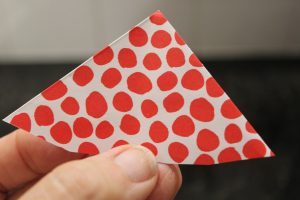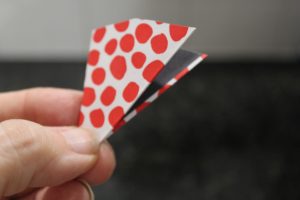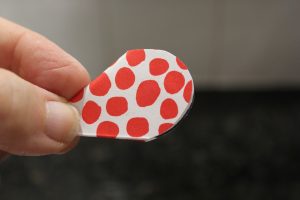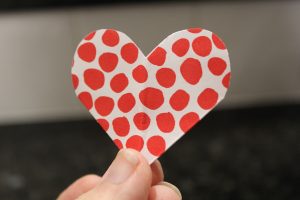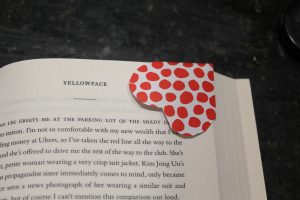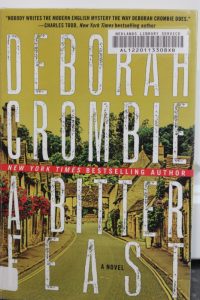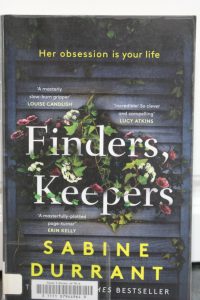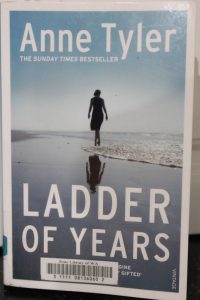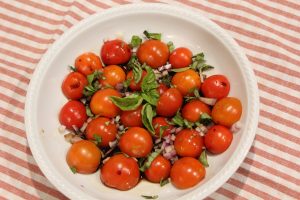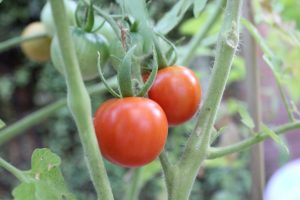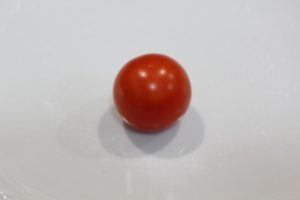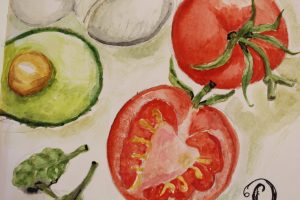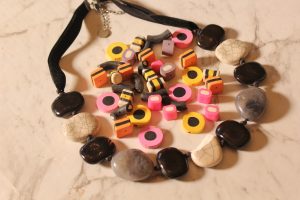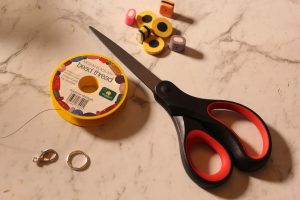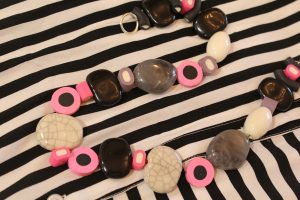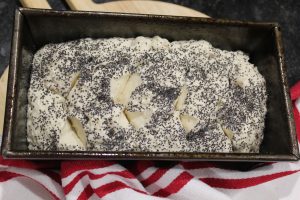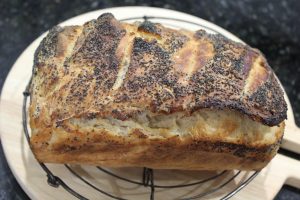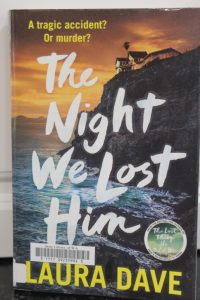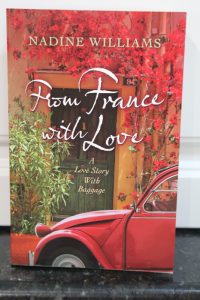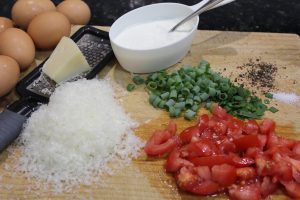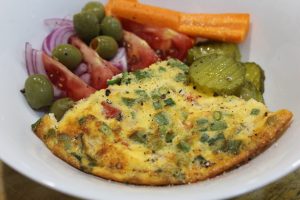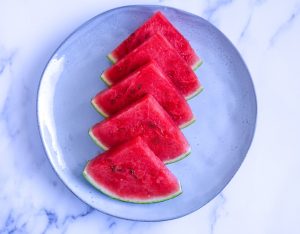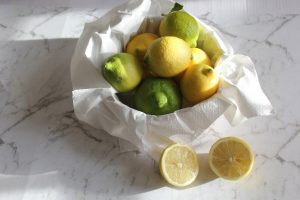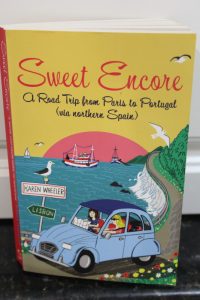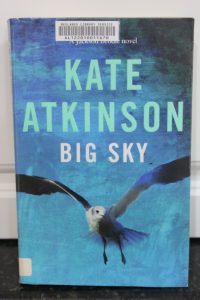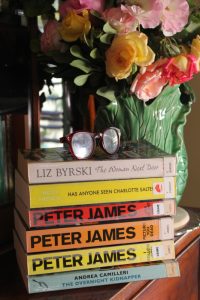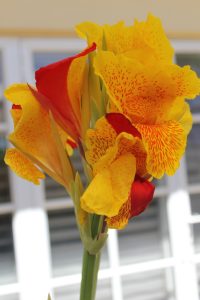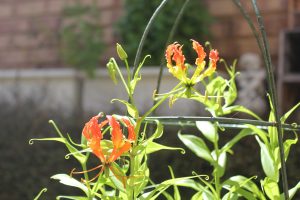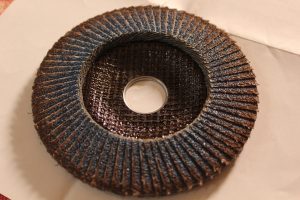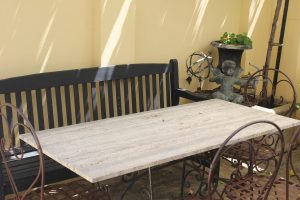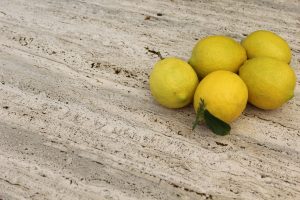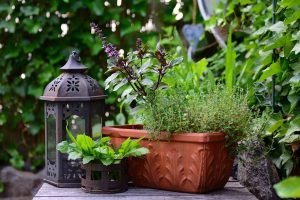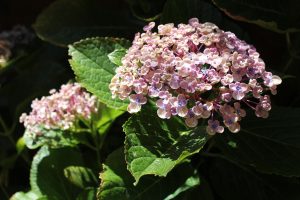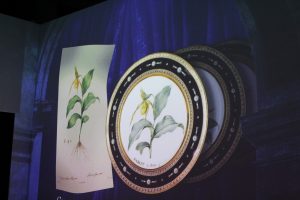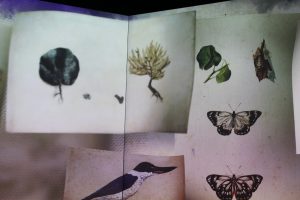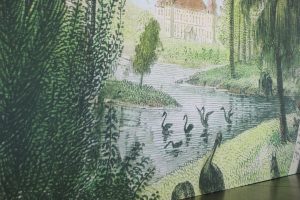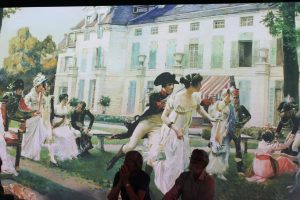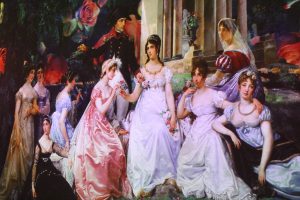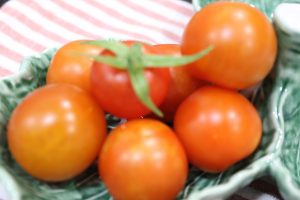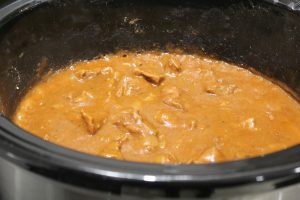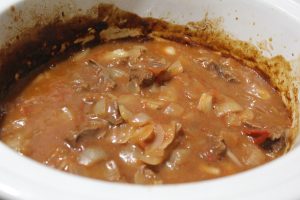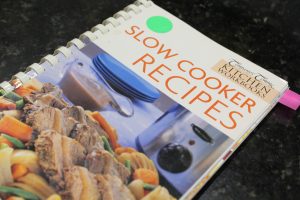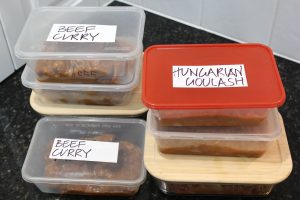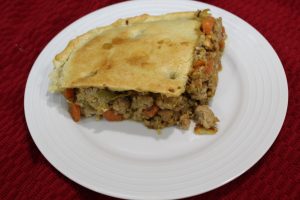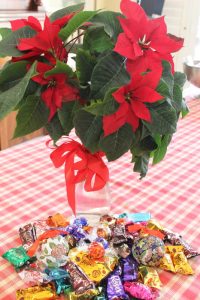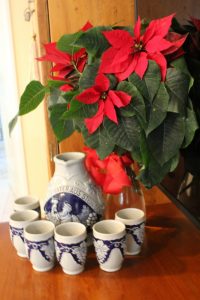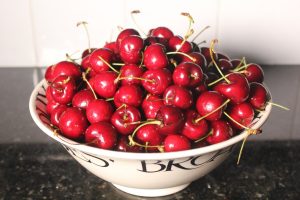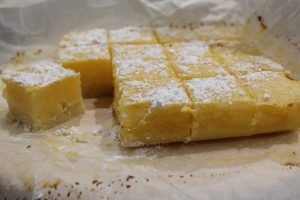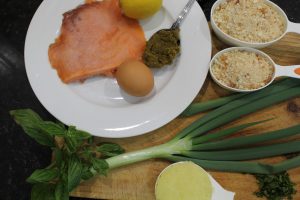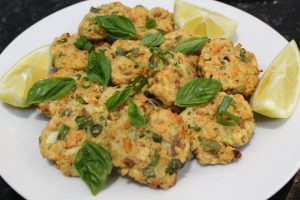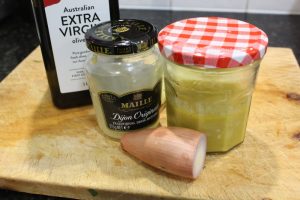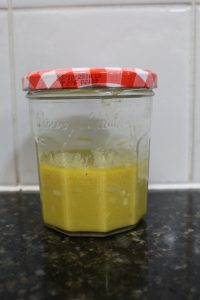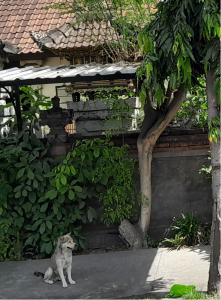are e.v. vehicles really green?
Are EV Vehicles really green? No! We have been massively tricked. And our Minister For Climate Change and Energy, Chris Bowen, is complicit in this hoax.
Nickel mining is essential in the production of EV cars. China dominates the production of EV cars and sources it’s nickel from Indonesia. Nickel is essential in the manufacture of rechargeable batteries. The two main nickel mines are in remote areas of Indonesia. There are no environmental laws or worker safety regulations and visitors are forcefully discouraged. There are no limits on the destruction of native rain forest, forced destruction of towns and farming land and pollution of fishing grounds.


The energy to drive the smelters and power stations used in production comes from low quality and cheap coal barged into the area from nearby Kalimantan. No records are kept of worker injuries but fatalities are apparently common and not necessarily recorded. This has all been funded by the Chinese Belt and Road initiative. So, how ‘green’ are these cars?
( Since I wrote this I have watched 7NEWS Spotlight, Sunday 6th April, an exposay of ‘the dirty truth behind so-called clean, green electric vehicles.’ Then the next night Channel 7 news showed parts of the documentary plus the response from our Minister for Climate Change and Energy, Chris Bowen. He had no answers and stormed off, refusing to be questioned. Shocking.)
Britain has gone ‘green’ on many fronts and doesn’t hesitate to highlight its policies on limiting climate change. I enjoy British decorator magazines but after 120 pages focusing on recycled everything, ‘green’ paints and glues and wearing more clothes to stay warm in winter, comes the 30 odd page review of holiday destinations. The Maldives, Iceland, Mauritius and anywhere with saunas and spas feature as desirable destinations. I assume they all walk or swim to these exotic holiday destinations.


Image Pixabay
I feel cynical about the politicians, reporters and all their support people flying from one end of Australia to the other, leading up to the Federal Elections. I think they should ride their bikes. I’m also tired of all the money being promised by ‘the government’. That’s tax payers’ money, our money. Just stop it!
butter bells
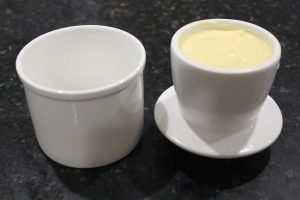

Butter bells or butter crocks date back to the 16th century. I started investigating butter bells due to frustration cause by butter left out over night in a covered dish turning liquid and tasting rancid. Butter left in the fridge overnight was hard and I had to almost slice off pieces to put it on my breakfast toast. Not ideal. Softening the butter in the microwave resulted in it separating and tasting awful very quickly.
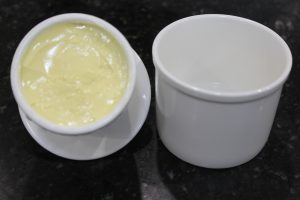

My butter bell sits on the counter top in a cool corner and keeps the butter soft and fresh. I bought a ceramic bell but there are also glass bells. ( I originally bought one from an online auction site online but had to return it. The lid didn’t fit properly on the base. Annoying. Go into a kitchenware shop and check the fit first!) To set it up, spoon the softish butter into the top cup smoothing the surface with the back of the spoon. Then estimate the depth of water needed so the butter is in contact with the butter. I change the water morning, some sites say every two or three days.


I am really pleased with the butter bell. Soft spreadable, fresh butter.
planting


Image Pixabay
Traditionally I’d plant sweetpea seeds around St Patrick’s day. It was easy to remember as the 17th of March was my parents wedding anniversary. I’ve just planted them because it has been too hot until now. It’s still warm during the day but getting cooler at night. My Mother grew forests of sweetpeas, mostly self seeded in the later years. They had reverted to various shades of purple and were highly scented. They will probably be a surprise to the new owners of her house. I hope they enjoy them.

